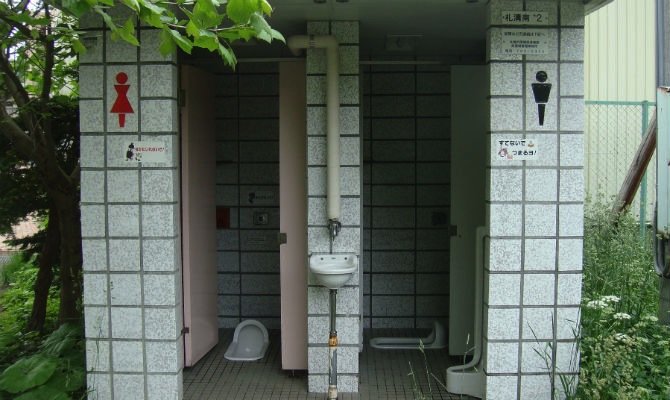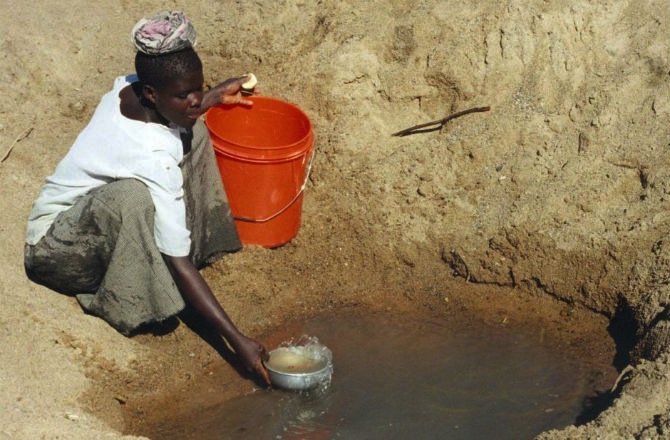World Toilet Day was this past Thursday, and there was a lot to take in. From an amazing poop-themed art show, to a see-through toilet set up in a New York City park, to a video of Global Citizen employees hiking up nine flights of stairs to use the bathroom.... we celebrated World Toilet Day in style.
For me, the statistics I learned left the biggest impression. Beyond all the amazing events planned and articles written to raise awareness, the plain, cold facts are what stick with me.
The numbers truly do speak for themselves.
So here you go, a few stand-out stats from WaterAid’s newly released “It’s No Joke: The State of the World’s Toilets 2015” report that reminds the world that-- as much as everyone loves some good potty humor-- lack of access to water and sanitation is no laughing matter.
46% of schools in developing countries do not have toilets.

Preventable diarrhoeal illnesses connected to dirty water and poor sanitation kill over 314,000 children under 5 years-old each year. That is around 860 children a day.
Every year the world spends around US$260 billion on issues associated with inadequate water supplies and sanitation, like caring for people in hospitals with preventable illnesses. This money (which is nearly DOUBLE the amount the world contributed to overseas development aid in 2014, by the way) could be spent elsewhere if water and sanitation issues were addressed.
South Sudan is the hardest place in the world to find a household toilet. 93.3% of South Sudan’s population lacks access to an “improved” toilet. This is directly related to health in the country. South Sudan’s average life expectancy is only 55 years-old.
774,222,300 people in India lack access to a household toilet. If you put all of these people into one hypothetical bathroom line it would stretch from Earth to the moon (and beyond!). This bathroom line would take 5,892 years to get through. (And you thought the line at the movie theatre was bad!)
And these issues are not limited to the developing world. In Russia nearly 28% of the population lacks access to a safe, private toilet. 9.5% of the population in Ireland is similarly affected.
Around one in ten people in the world do not have access to safe water.

These are scary figures. Period.
But the world is making progress. And some of the report’s stats paint a more optimistic picture.
In 1990, 97.1% of people in Cambodia lacked access to proper sanitation. By 2015 that number was down to 57.6%. Vietnam decreased from 63.8% to 22%!
The water and sanitation issue is one the world can win. There is a tremendous amount of public will, and many leaders are determined to ensure there is sufficient funding for sanitation concerns. Access to water, sanitation and hygiene for everyone around the world is Global Goal #6 after all!
If Goal 6 isn’t achieved, so many of the other Global Goals will become impossible. Without adequate water and sanitation, the world can’t end global hunger, and the world can’t ensure gender equality, access to education, and healthy lives for all. From girls who can’t go to school because they have to fetch water for their families miles away, to children who fall ill and become malnourished due to lack of adequate sanitation… the issues covered by Goal 6 are ones linked to nearly every aspect of the many, many factors that contribute to global poverty.
So global citizens, let’s not forget these statistics. And let’s do everything we can to improve them before WaterAid releases its 2016 report.
Start now by clicking on TAKE ACTION NOW and tweeting about improved access to water and sanitation.